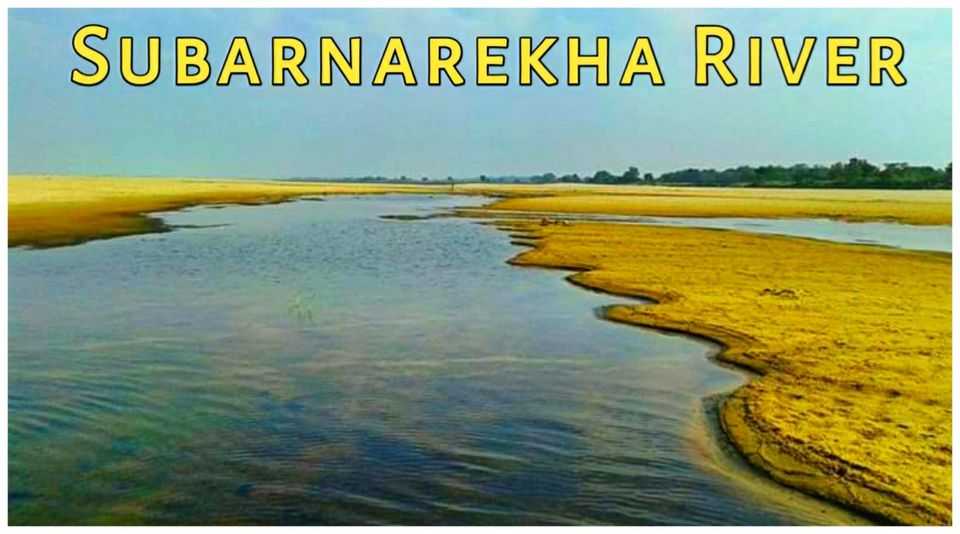Subarnarekha River – History and Demography
Subarnarekha River of Jharkhand has been spewing gold for centuries. Due to flowing carrying gold pieces with it, this river was named Subarnarekha River.
Subarnarekha river has been running the livelihood of thousands of people for hundreds of years not only in Jharkhand but also in different parts of West Bengal and Odisha.
This is not a proverb, but a fact that gold particles are found in the Subarnarekha River. Many generations of dozens of families living near the river are engaged in collecting gold particles from the river.
A stream of water emerges from a small pit
A stream of water is continuously coming out from a small chuan i.e. a small pit in the field located in the Ranichuan complex of Nagdi village, about 16 kilometers away from Ranchi, the capital of Jharkhand. After leaving here, after moving some distance, it takes the form of river Subarnarekha, the lifeline of Jharkhand. This is such a river of Jharkhand, which has been flowing continuously for centuries, whose existence does not end by going into any other rivers. This river goes ahead and joins the Bay of Bengal.
Seeing the frozen water at the origin of the river itself, it is known that along with the water source, minerals from inside the earth are also coming out along with the water. The river is called Subarnarekha River because it flows carrying gold particles with it. Due to this, hundreds of families are living. In conversation with the families who collect gold particles from the river sand, it is known that the gold particles coming out of the river sand are equal to wheat grains.
According to the villagers, a person can find only one or two gold particles in a day. Its price is available in the market between 200 to 400 rupees and on an average one gets 5-7 thousand rupees in a month. Local people say that from where the gold particles in the sand come, it remains a mystery even today. It is said that many times attempts were made at the government level to find out the particles of gold, but the clear reason could not be revealed.
Also Read: Beas River: History and Interesting facts about the River
Subarnarekha falls in the Bay of Bengal
The Subarnarekha River covers a distance of about 474 kilometers after its origin from Ranichuan in Nagdi. During this time, after coming out from the place of origin, this river does not go to any other river, but dozens of small and big rivers come and meet in Subarnarekha. This river falls directly into the Bay of Bengal.
Follow our google news publication for more news and daily updates: @tfipost
